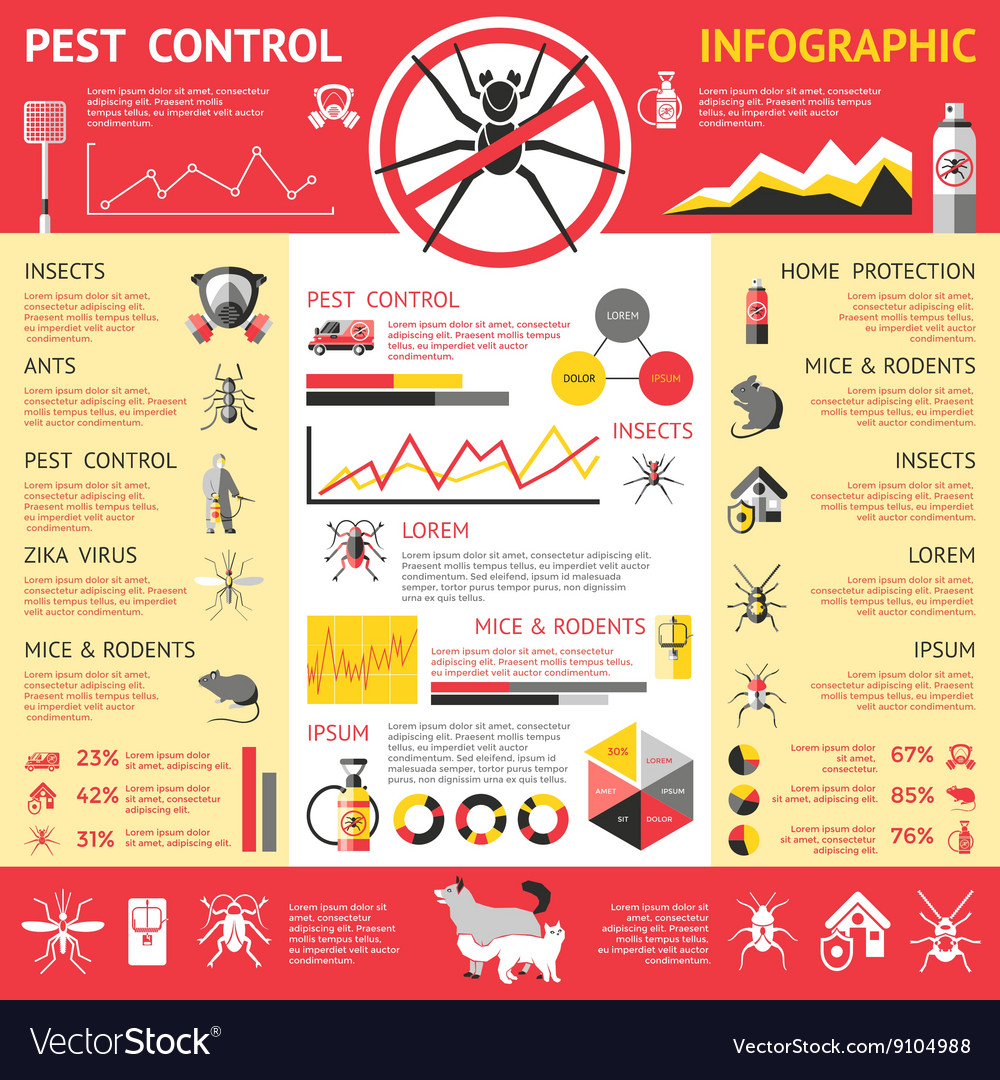Are You Curious About Discovering Means To Outsmart Rodents And Safeguard Your Exterior Refuge?
Are You Curious About Discovering Means To Outsmart Rodents And Safeguard Your Exterior Refuge?
Blog Article
https://how-to-remove-smell-rat94062.blogsmine.com/27018237/sustainable-solutions-for-bug-management-harnessing-nature-s-power-to-prevent-rats -Kenney Mullen
Did you understand that rodents can squeeze with openings as little as a quarter? Envision simply click the following webpage for your exterior area. From munching on plants to nesting in comfortable edges, these pests can create chaos if given the possibility. Yet concern not, there are sensible methods you can employ to keep your lawn rodent-free. By taking straightforward actions to seal entry points and maintain a tidy environment, you can develop a citadel versus unwanted hairy site visitors. So, are https://cesartnhcw.blogunok.com/26809631/unseen-health-hazards-from-family-bugs-may-be-present-in-your-home-reveal-the-unusual-risks-that-could-be-nearby set to safeguard your outdoor sanctuary from these pesky intruders?
Identify Entrance Points
To properly rodent-proof your outdoor area, begin by pinpointing possible access factors. Inspect your lawn for any kind of spaces or openings that rats might use to get. Inspect areas such as voids under doors, holes in the walls, or openings around energy infiltrations. Remember that computer mice can squeeze through openings as little as a cent, so be extensive in your examination.
Concentrate on areas where energies enter your home, such as where pipes, cable televisions, or cables get in the structure. Seal any type of voids around these entrance factors with products like steel woollen or caulk. Additionally, look for any kind of splits in the structure or voids in the exterior siding that can act as access factors for rodents.
Pay close attention to areas where vegetation meets your home, as overgrown plants can provide hiding places and very easy accessibility for rats. Trim back any overhanging branches or shrubs that could be used as bridges to your residence. By identifying and sealing off these entrance factors, you can dramatically decrease the opportunities of rats attacking your outside area.
Implement Exclusion Measures
Examining and securing entrance points is the first step in rodent-proofing your outdoor space; now you'll take action by executing exclusion measures.
Beginning by mounting door sweeps on all outside doors to avoid rats from squeezing via gaps. click over here splits and holes with weather-resistant sealer, concentrating on areas where energy pipes enter your home.
Usage cable mesh to cover vents and chimneys, ensuring they're safely attached. Cut tree branches and plant life away from your house to remove prospective bridges for rodents to access your roofing.
Furthermore, consider mounting steel blinking around the base of your home to avoid burrowing. Shop firewood at least 18 inches off the ground and far from your residence.
Keep trash in firmly sealed containers, and quickly tidy up any type of spilled birdseed or family pet food. By implementing these exclusion steps, you can dramatically lower the likelihood of rats attacking your exterior room.
Maintain Sanitation and Trimmed Landscaping
Guarantee your outside room remains tidy and your landscaping is on a regular basis cut to prevent rodents from finding harborage or food resources. Maintaining your backyard clean is crucial to minimizing destinations for rats. Eliminate any debris, clutter, or extra items that could work as hiding spots for these bugs. Rats are attracted to areas with very easy accessibility to food and sanctuary, so by keeping sanitation, you make your property less attractive to them.
Frequently trimming your landscape design is additionally vital in rodent-proofing your outdoor room. Disordered plant life offers rodents with enough hiding spots and potential nesting websites. By maintaining your turf mowed, shrubs cut, and trees pruned, you eliminate prospective habitats for rodents. Additionally, trimmed landscaping makes it harder for rodents to access your home as they favor locations with enough insurance coverage for protection.
Conclusion
Finally, by putting in the time to rodent-proof your exterior space, you can ensure a pest-free lawn for several years ahead. Keep in mind to consistently evaluate for entry points, implement exclusion measures, and keep your yard clean and properly maintained.
With these basic techniques in position, you can delight in a tranquil and rodent-free outdoor setting. So, don't delay - begin rodent-proofing today and bid farewell to undesirable pests in your yard!
